罗西欧-電影介紹
本片是佛朗哥死後西班牙民主電影中的一部經典紀錄片,曾獲得1980年塞維利亞電影節金獎,西班牙當代藝術大師Luis Eduardo Aute(詩人、歌手及繪畫家)稱其是「西班牙最美麗的電影」。
影片拍攝下1977年在塞維利亞舉辦的羅西歐朝聖節的空前盛況,並在其中穿插了對西班牙民族、宗教和人文歷史的回顧以及對獨裁統治時期的批判。塞維利亞的羅西歐朝聖節是西班牙傳統節日中最為盛大的一個,每年吸引近百萬來自世界各地的朝聖者前來阿爾蒙特村向聖女Rocio膜拜,這個延續了幾百年的傳統民間習俗在佛朗哥統治時期遭受了極大限制,直到他死後,安達盧西亞的人們才用一場歷史上最盛大的節日來慶祝民主的回歸。
全片充滿着西班牙民族特有的服飾、音樂和節日景象,配樂由弗拉門戈大師Salvador Távora創作,印象主義的影像繼承了西班牙紀錄片的悠久傳統。然而1981年導演Fernando卻被阿爾蒙特村的一個家族告上法庭,說其在片中把自己的父輩描述成內戰時期佛朗哥的忠實擁躉,為此Fernando被判入獄兩年並賠償了大量金錢,影片也從原來的80分鐘被剪成68分鐘。此後Fernando再也沒能完成新作。
The cinematic victim of the return to order in the second part of the Spanish transition to democracy, Rocío, written and made in 1977 by Fernando Ruiz de Vergara and Ana Vila, won the first prize at the Seville Film Festival in 1980. In 1981 it was impounded by a judge and censored and the director was sentenced to two years in prison and ordered to pay ten million pesetas to the plaintiffs, a family from Almonte who felt that their father was being accused of the murders committed in the Spanish Civil War in the village. But all those political accidents hide the best film ever made about the Rocío, which includes some treasures of Spanish documentary cinema and a soundtrack full of Muslim hymns and songs by Salvador Távora. In the return to order we could also consider Rocío y José, the antagonist of Rocío, García-Pelayo’s most linear film. With John Ford’s tempo and oriental-style photography it portrays a story of pure love in the Rocío festival caravan, with a music all its own based on hits from the Rocío sevillanas. According to Luis Eduardo Aute, "the prettiest film in Spanish cinema". 本片是佛朗哥死後西班牙民主電影中的一部經典紀錄片,曾獲得1980年塞維利亞電影節金獎,西班牙當代藝術大師Luis Eduardo Aute(詩人、歌手及繪畫家)稱其是「西班牙最美麗的電影」。
影片拍攝下1977年在塞維利亞舉辦的羅西歐朝聖節的空前盛況,並在其中穿插了對西班牙民族、宗教和人文歷史的回顧以及對獨裁統治時期的批判。塞維利亞的羅西歐朝聖節是西班牙傳統節日中最為盛大的一個,每年吸引近百...

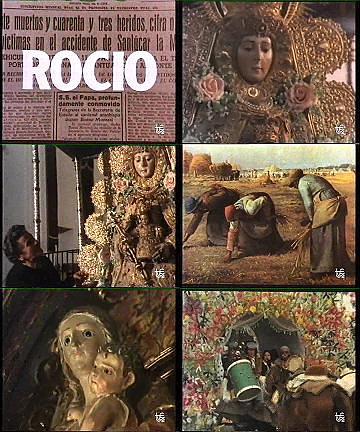

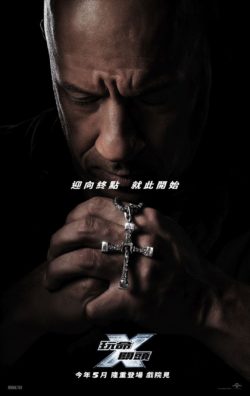
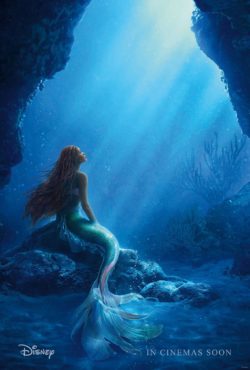
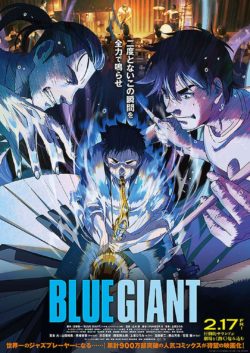
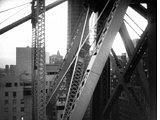
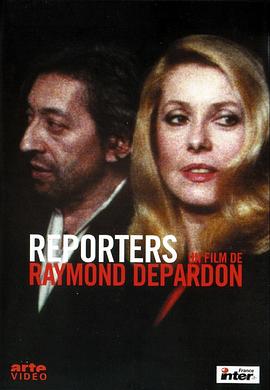
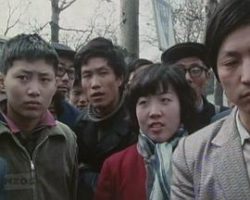
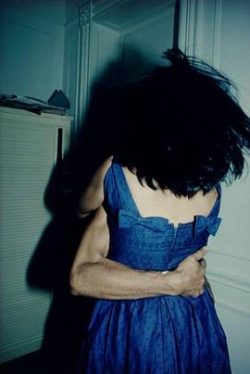

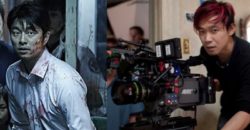




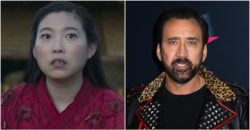



罗西欧-留言評分